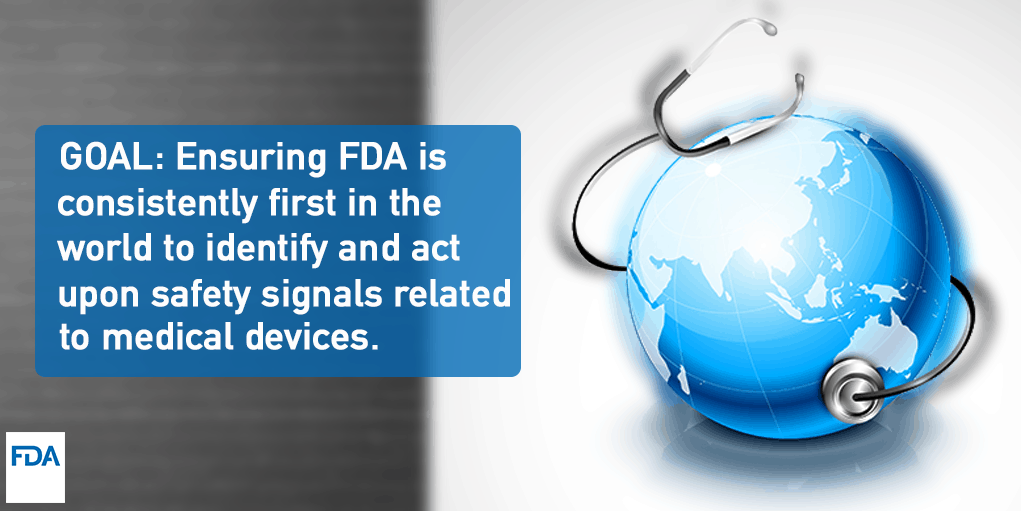Medical Device Safety = Patient Safety

The FDA monitors reports of adverse events and other problems with medical devices and, when needed, alerts health professionals and the public to ensure proper use of devices and the health and safety of patients.
But, how do you diagnose a problem with your medical devices? If you are already familiar with TapRooT®, you know TapRooT®’s ability to diagnose mistakes and errors that have resulted from human performance issues. We humans do make mistakes, there is no getting around it. This just in, we are not perfect! TapRooT® helps you diagnose the underlying reason(s) why that mistake happened and how that mistake was allowed to get past safeguards that are supposed to protect our patients.
And, what about equipment failures that put our patients in danger? TapRooT® has an answer. TapRooT® can diagnose medical device issues with our equipment reliability tool, Equifactor®. Equifactor® is not separate from TapRooT®; rather, it is an embedded tool that can be fully customized to the equipment you use. Since you can’t do a an effective root cause analysis of something as vague as “It broke,” Equifactor® uses troubleshooting tables to help investigators find the root cause of failures. Once you identify and enter the “symptoms” of the equipment as it failed, Equifactor@ will use the troubleshooting tables to tell you the root cause of the failure so you can begin prescribing a “cure” for the failure.
Do you have questions about how Equifactor® and TapRooT® can help your organization implement an effective continuous improvement process? I would be honored to answer those questions. I can be reached at marcus@taproot.com.



